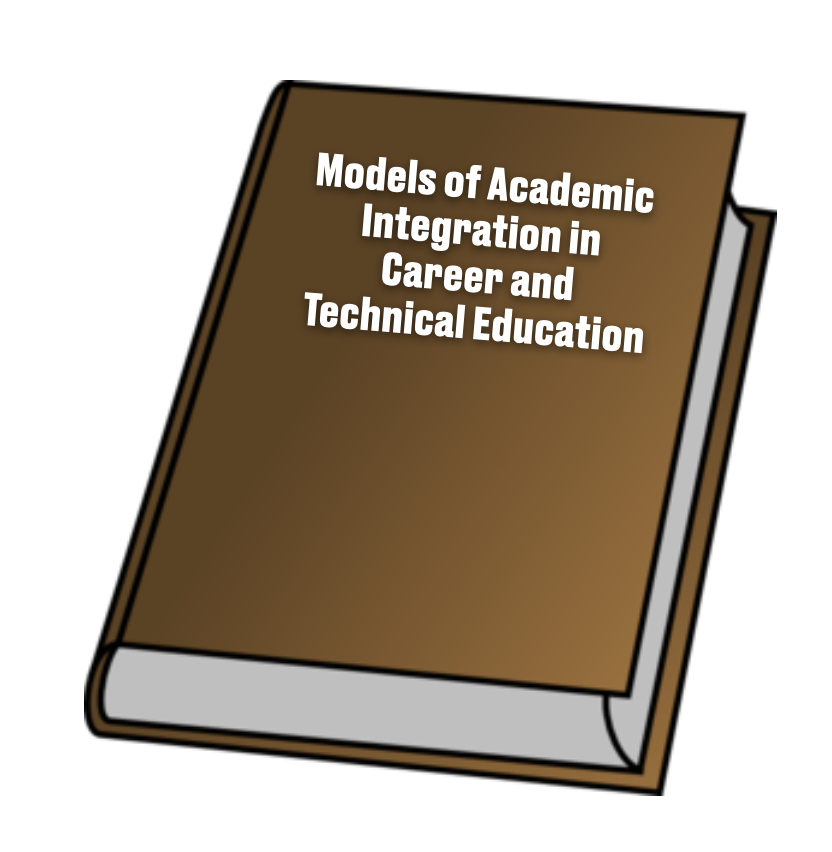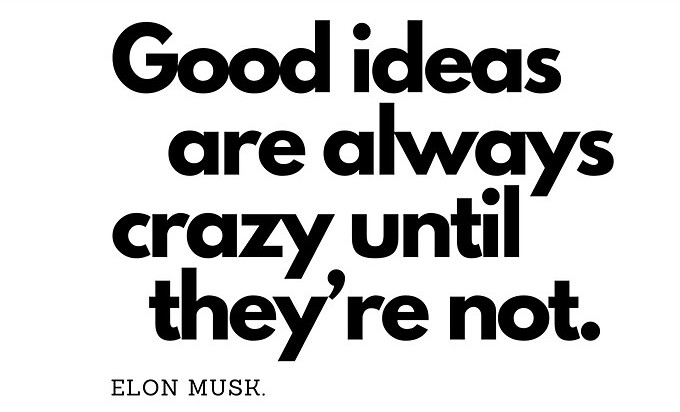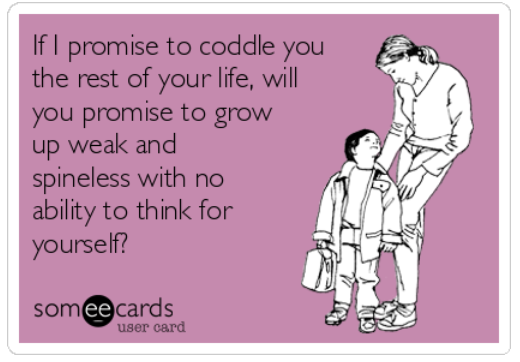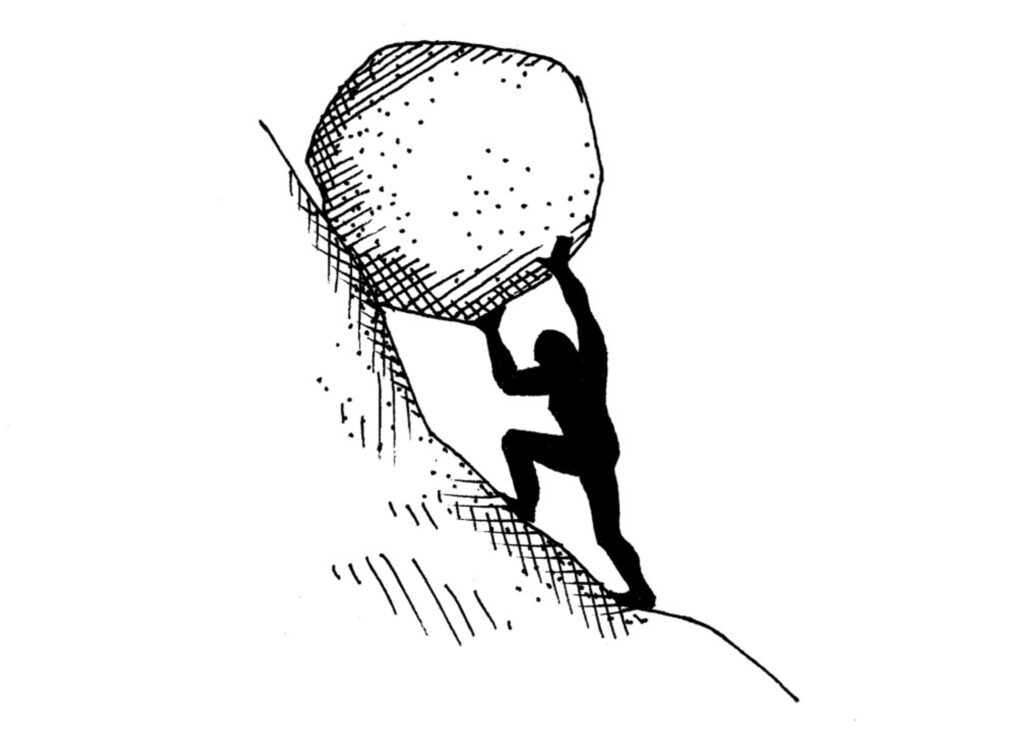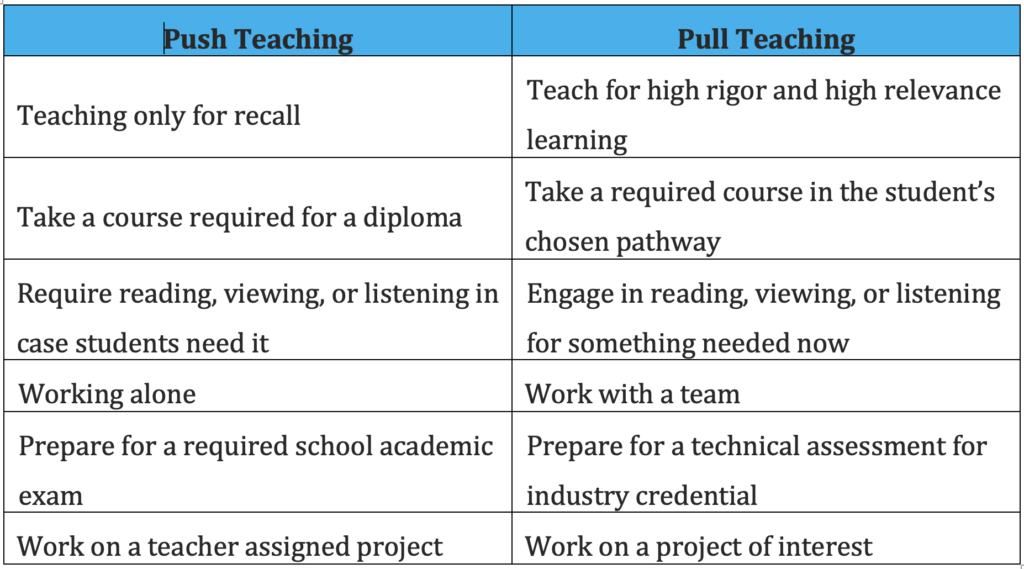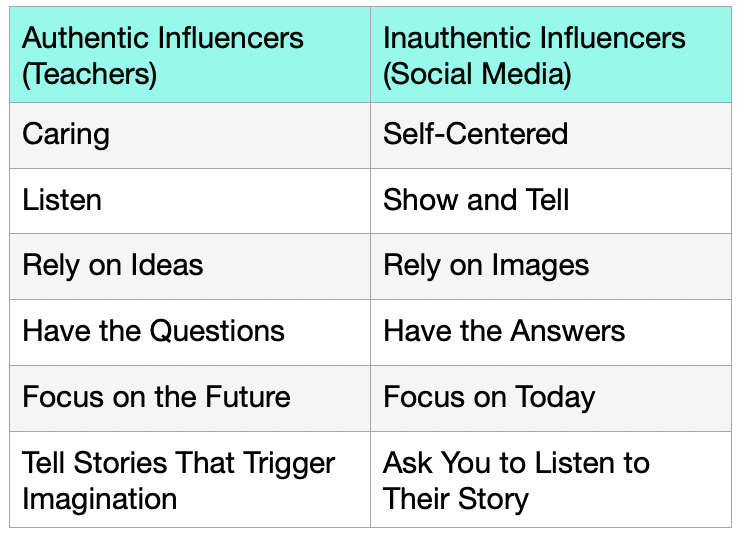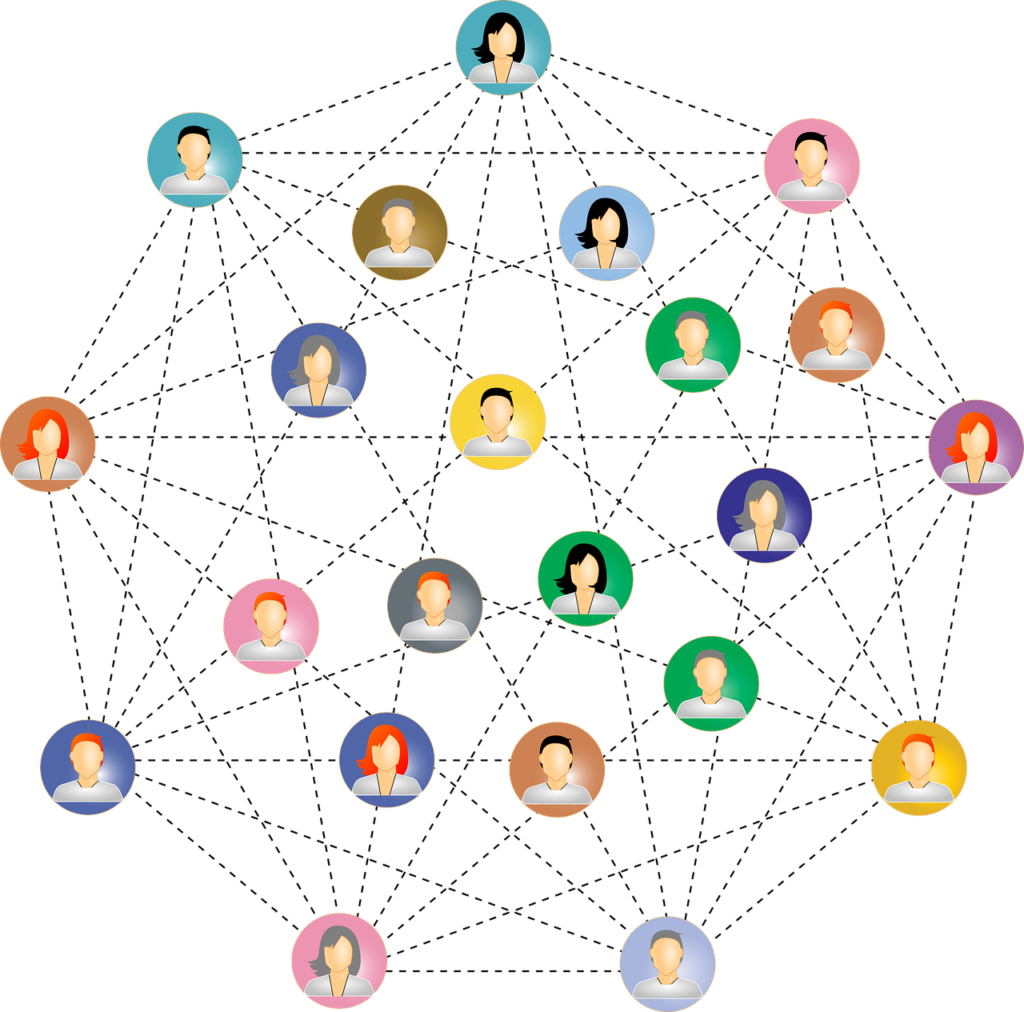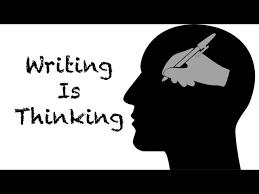
Preparing students for the future workforce requires technical skills and work habits. However, accelerating technological change requires future workers to adapt, which adds high-level thinking, problem-solving, and communication to instruction to the workplace agenda. Rather than significantly changing the CTE curriculum, a more efficient and localized solution is to increase collaboration among academic and CTE teachers. Academic teachers generally have more experience elevating student problem-solving and communication skills. More engaging and effective CTE lessons can be created when academic teachers work with technically knowledgeable CTE teachers to craft real-world student projects. Academic teachers benefit as well by creating more relevant and engaging instruction.
One of my current projects focuses on enhancing the integration of academics and increasing collaboration between academics and CTE teachers. This is not a new issue. One of my first statewide curriculum responsibilities was in the early 1980s. I was assigned responsibility for state curriculum work in Career and Technical Education. We funded state projects and participated in several multi-state curricular consortiums. It was apparent to many education leaders at that time that the onset of the computer age would have a significant influence on work and career preparation. This change would require not only new technical skills but additional thinking skills.
The topic of connecting academic skills with CTE was met with great skepticism in CTE, for the concern was that adding academics was the responsibility of other teachers, and time devoted to academic integration would diminish time in developing technical skills. As leaders further reflected on the importance of higher-level thinking skills, a shift occurred in Career and Technical Education curriculum. CTE curriculum began to bring higher-level thinking skills into the curriculum and included academic teachers in helping to develop the curriculum. Cross-reference curriculum maps were created to show the application of academic skills within Career and Technical Education. Many leaders now saw the advantages to students for having both academic and technical skills.
This change began over 40 years ago it would seem that education policy and practice would have a dramatic shift to build stronger connections between academic and CTE teachers. Over the last four decades, some state and federal policies have promoted a stronger connection. However, practices at the school level still discourage increased collaboration. There is a connection between academic skills and CTE on paper and written policy. State curriculum standards require students to acquire both academic credits for graduation and along with those seeking technical school credits. The federal accountability requirements in K-12 education and Career and Technical Education require students to achieve both achievements in technical skills and academic skills. However, in practice, most schools still have significant barriers” that isolate career and technical education teachers from academic teachers. Yes, there are examples of effective collaboration in schools that create career pathways and promote more project-based learning and relevant education. However, several significant obstacles still discourage increased collaboration. These obstacles are diploma requirements, teacher certification, teacher security, and teacher evaluation.
Diploma requirements in most states are still defined in courses grouped by subject areas and are based on a time requirement of a minimum number of hours of instruction. The diploma may require end-of-course tests for some subjects to earn a diploma. This traditional approach has been in place for over 100 years, and perpetuates a model of individual teachers teaching a separate subject in high schools. Diploma requirements based on separate subjects make it difficult to teach interdisciplinary courses, including content from several sources. Some states have created options for substituting graduation requirements from career and technical courses, such as using health science to meet a portion of the science requirement. While these options create flexibility for some students, it adds complexity and data-keeping for school officials. It is much easier to track each student satisfying the traditional course requirements. In addition, the State Boards of Education have increased the number of courses required to earn a diploma, making it more difficult for students to find time for CTE courses.
Teacher Certification is similar to the diploma obstacle. At the high school level, teachers earn certification in Individual subject areas. With certification, teachers feel an exclusive right to teach courses in their subject. Creating courses that include content from multiple subjects can create conflict. Teachers may feel that they are taking students away from their particular discipline. Labeling teachers and, more importantly, certifying a license to teach a particular course is one of the strong influences to isolating teachers and instructional subjects in secondary schools.
Teacher Security is another obstacle. Everyone wants stability in the school system to reassure there are learning opportunities for future families in the community. Having regulations of teachers’ tenure is a strong rationale for stability in school. However, these regulations are tied to subject areas and certification areas . This discourages teachers from taking on a teaching assignment that is outside of their certification area and may jeopardize their security. In addition school contacts include seniority regulations which provides that any layoffs of teachers will be focused on the least senior teachers. Teaching interdisciplinary course could be a threat to security. It is easier for everyone to keep doing things the same way.
Teacher Evaluation also supports the segmentation of the school system. Teacher evaluation systems, expanded under the Federal Race To the Top initiative, stimulated more school districts to rate teachers based on test student test performance and standardized criteria. These criteria or based upon the traditional perspective of a teacher lecturing in a classroom rather than facilitating learning of student projects in collaboration with other professionals. Most teacher evaluation efforts have been one more edict that has pushed the isolation of teachers into separate disciplines.
These four obstacles are significant and originate and well-meaning state law and policy and have support in local school district teacher contracts and the self-interest of many teachers. However, many schools are found ways to work through the rigidity of regulation to provide interdisciplinary, highly engaged activities for students that break down the barriers between academics and CTE. A second blog will dig deeper into how states and school districts leadership can make changes to reduce the impact of these obstacles for student benefit.

